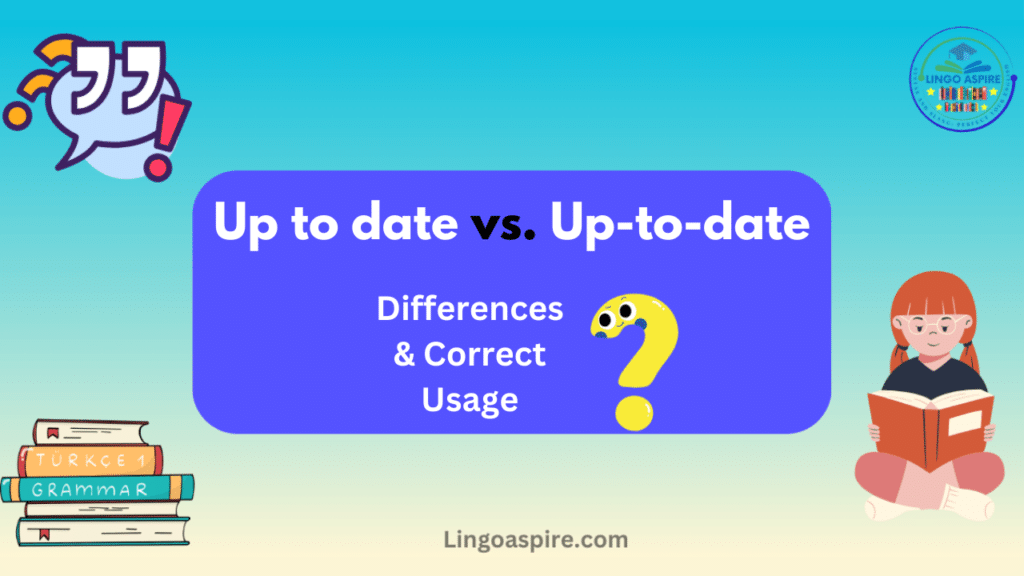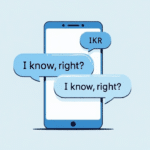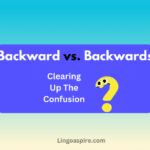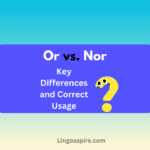Many people struggle with up to date vs. up-to-date. The hyphen in up-to-date makes a big difference, but it’s easy to confuse the two. Understanding the grammar rules for hyphenation will help you use them correctly.
These words appear everywhere, from business reports to casual conversations. Knowing when to hyphenate will improve your sentence structure and prevent common English grammar mistakes. This guide will explain their meanings, correct usage, and provide examples of up-to-date and examples of up-to-date to help you understand the difference.
Why the Confusion Exists

The problem arises because the phrase “up to date” can function differently depending on its role in a sentence. Some phrases in English can be used in multiple ways, creating confusion.
In this case, “up to date” can act as an adverbial phrase or an adjective phrase. The hyphen in up-to-date helps clarify its function. But many people forget when to use it, leading to incorrect grammar usage.
Up to Date Meaning & Usage (Adverbial Phrase)
“Up to date” is an adverbial phrase. It describes the action of becoming or being informed about something recent. Because it functions as an adverb, it does not need a hyphen.
Examples of Up to Date (Adverbial Phrase):
- She stays up to date with the latest news.
- Is your software up to date?
- The doctor keeps his medical knowledge up to date.
Here, “up to date” modifies the verb. The phrase tells you how someone is informed, rather than describing a noun. Understanding adverbial phrases in English will help you see why no hyphen is needed.
Up-to-Date Meaning & Usage (Adjective Phrase)
“Up-to-date” is an adjective. It describes a noun, meaning “modern, current, or updated.” The hyphen in up-to-date is necessary because it combines multiple words into one adjective.
Examples of Up-to-Date (Adjective Phrase):
- We need up-to-date information.
- The company uses up-to-date technology.
- This is the most up-to-date version of the software.
Here, “up-to-date” modifies a noun, so the hyphen is required. Understanding adjective vs. adverb usage is key to using the phrase correctly.
Side-by-Side Comparison:
| Phrase | Function | Example |
|---|---|---|
| Up to date | Adverbial phrase | She stays up to date with trends. |
| Up-to-date | Adjective phrase | This is an up-to-date report. |
The hyphen in up-to-date turns the phrase into an adjective. Without the hyphen, “up to date” remains an adverbial phrase.
When & How to Use Each Correctly

If you are describing a state of being informed, use “up to date” without a hyphen. If you are modifying a noun, use “up-to-date” with a hyphen.
Common Mistakes:
- ❌ “The software is up-to-date.” (Incorrect unless describing a feature of the software.)
- ✅ “The software is up to date.” (Correct because it describes a state.)
- ❌ “He has up to date knowledge.” (Incorrect because “knowledge” needs an adjective.)
- ✅ “He has up-to-date knowledge.” (Correct because “up-to-date” modifies “knowledge”.)
Learning English language rules for hyphenation will prevent errors like these.
Synonyms & Alternative Phrases
Using synonyms can help avoid repetition and enhance clarity. Below are alternative words and phrases for both up to date and up-to-date:
Up to Date Synonyms (Adverbial Phrase):
- Informed
- Current
- Aware of recent changes
- Updated
- Knowledgeable
- Well-informed
Up-to-Date Synonyms (Adjective Phrase):
- Modern
- Latest
- Cutting-edge
- Recent
- Contemporary
- State-of-the-art
12 Row Synonyms Comparison Table
| Up to Date Synonyms | Up-to-Date Synonyms |
|---|---|
| Informed | Modern |
| Current | Latest |
| Aware of recent changes | Cutting-edge |
| Updated | Recent |
| Knowledgeable | Contemporary |
| Well-informed | State-of-the-art |
| On top of things | Advanced |
| Staying aware | Newest |
| Keeping up | Trendy |
| Always learning | Innovative |
| Following updates | Fashionable |
| Well-versed | High-tech |
Using up to date synonyms and up-to-date synonyms correctly will improve your writing and expand your vocabulary.
Real-Life Usage of Up to Date vs. Up-to-Date

Understanding how these phrases appear in daily communication will reinforce correct usage.
Professional Settings:
- “Our company ensures all employee training materials are up-to-date with the latest safety regulations.”
- “You must keep your tax records up to date to avoid penalties.”
Technology & Media:
- “Make sure your phone’s operating system is up to date to access new features.”
- “The website provides up-to-date market data and analysis.”
Education & Research:
- “Professors recommend reading up-to-date research papers for accurate information.”
- “Students should stay up to date with assignment deadlines.”
These examples demonstrate how context dictates whether or not to use a hyphen. Paying attention to sentence structure rules will ensure proper usage.
The Importance of Context
Context determines how to use up to date correctly. If you remove the noun and the sentence still makes sense, you likely need “up to date” (adverbial). If removing the noun makes the sentence incomplete, “up-to-date” (adjective) is required.
For example:
- “Her knowledge is up to date.” (Works without “knowledge”—adverbial)
- “She has up-to-date knowledge.” (Needs “knowledge”—adjective)
Misusing hyphenated words in English can lead to misunderstandings. Paying attention to sentence structure rules will help avoid mistakes.
Common Mistakes and How to Avoid Them
Many writers confuse these phrases, leading to errors in grammar. Here are the most common mistakes and how to avoid them:
- Using “up to date” as an adjective – Remember, it should be “up-to-date” when describing a noun. Example: ❌ “This is an up to date report.” ✅ “This is an up-to-date report.”
- Adding a hyphen when it’s an adverbial phrase – If it follows a verb, no hyphen is needed. Example: ❌ “She stays up-to-date on the news.” ✅ “She stays up to date on the news.”
- Not hyphenating compound adjectives – Many people forget to hyphenate adjectives, leading to confusion. Double-check adjective phrases before publishing.
Origins & History of the Phrase
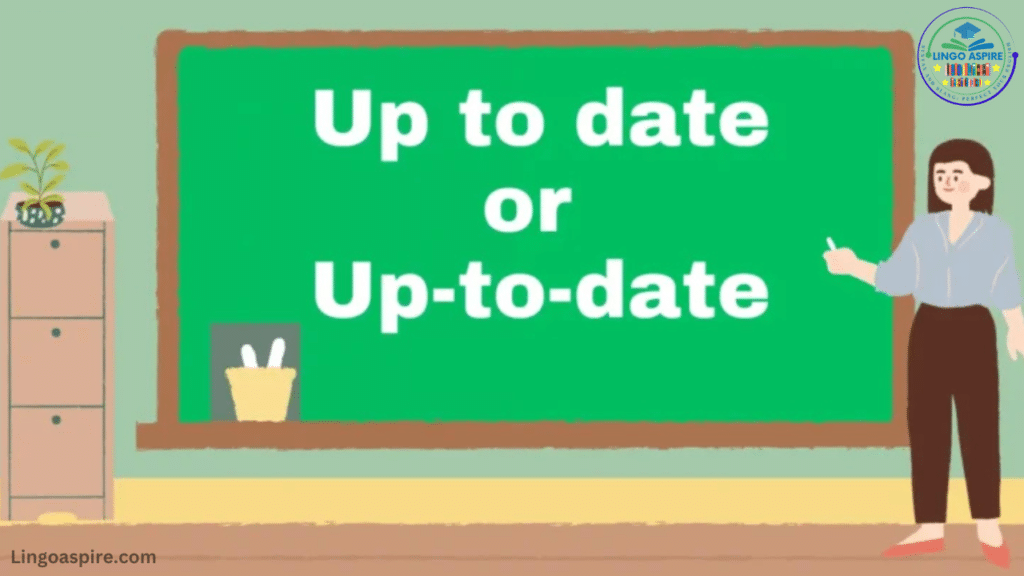
The phrase “up to date” emerged in the early 19th century, referring to keeping pace with new information. Over time, the hyphen in up-to-date appeared when the phrase began modifying nouns.
Historically, “up to date” was used in newspapers and academic writing to mean “well-informed.” The hyphenation rule became standard as English language rules evolved. Understanding the origins of up to date can deepen your appreciation of how English changes.
Quick Tips & Memory Tricks for Mastery
- If the phrase describes an action or state, use “up to date” (no hyphen).
- If the phrase describes a thing or noun, use “up-to-date” (with a hyphen).
- Test it: Remove the noun. If the sentence still works, it’s up to date (adverbial). If not, it’s up-to-date (adjective).
Using writing tips for hyphenation like these will make grammar easier.
FAQs About up to date vs. up-to-date:
1. Why does “up-to-date” have a hyphen?
The hyphen in “up-to-date” connects the words into a single adjective that modifies a noun. English grammar requires hyphenation for compound adjectives before a noun to ensure clarity. Example: The up-to-date guidelines are easy to follow.
2. What are some common mistakes with “up to date” and “up-to-date”?
A common mistake is adding a hyphen when “up to date” is used as an adverbial phrase. ❌ He keeps his knowledge up-to-date. (Incorrect) ✅ He keeps his knowledge up to date. (Correct)
Another mistake is forgetting the hyphen when using it as an adjective. ❌ This software is up to date version. (Incorrect) ✅ This is an up-to-date version of the software. (Correct)
3. When should I use “up to date” vs. “up-to-date”?
Use “up to date” (without a hyphen) when acting as an adverbial phrase, meaning “being informed or updated.” Example: She stays up to date with current events.
Use “up-to-date” (with a hyphen) when acting as an adjective, describing something as modern or current. Example: This is an up-to-date report.
Conclusion
The difference between up to date vs. up-to-date depends on grammar function. “Up to date” works as an adverb, while “up-to-date” serves as an adjective. The hyphen in up-to-date changes the meaning, so understanding correct grammar usage is essential. Paying attention to sentence structure rules will ensure your writing remains clear and professional.
Sources
- Merriam-Webster Dictionary – Provides definitions, grammar rules, and examples of up to date and up-to-date in context.
- Grammarly Blog – Explains grammar rules for hyphenation, common mistakes, and tips for using up to date vs. up-to-date correctly.
- Cambridge Dictionary – Offers clear definitions, pronunciation guides, and real-world examples of how to use up to date and up-to-date.

